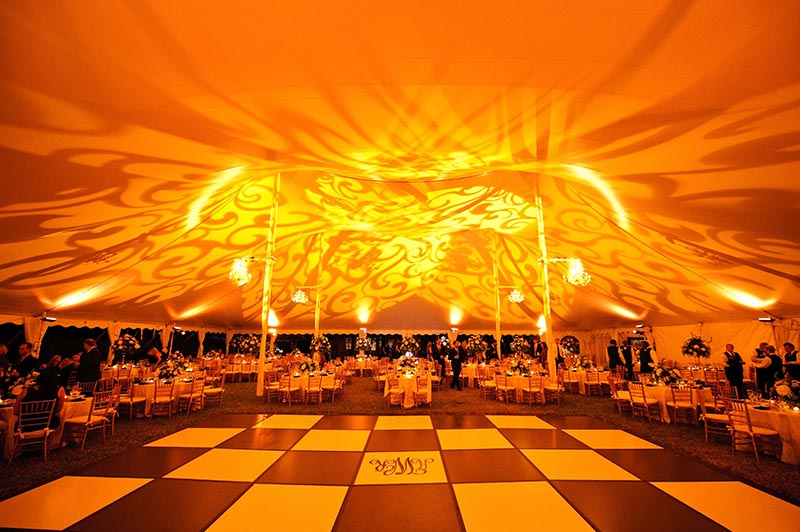Overview
With the energy industry hit hardest by the pandemic and the strict restrictions and lockdowns imposed by governments worldwide, the shocks will be felt by the LED lighting market. As a consequence of the ongoing lockdowns, factory closures in most countries disrupt utilities' production and cash flows, affecting all players in the energy value chain, including suppliers of lighting components.
Impact On Demand and Supply Chain
The construction, renovation & time of residential, commercial & industrial infrastructure have stopped due to lockdown, resulting in a sudden drop in demand for LED lamps. E-commerce is one of the biggest platforms for the sale of LED lamps; the lockdown has led to a stop in supply & logistics, which has significantly reduced demand. International logistics operates at less than 50% of its capacity, demanding lower exports and imports.
Spending on smart homes will be hit hard, and as LED technology is the basis for smart lighting, LED lighting will feel the pain. In the post-COVID-19 era, the market growth drivers of the base line that will re-emerge include the ever-present emphasis on energy efficiency as a secret tool against carbon emissions, increased investment in energy efficient lighting technology against the background of smart city and smart home creation, regulatory and policy support for LED adoption.
The dropping cost of LED chipsets would help make the system more cost-competitive with other conventional lighting innovations, such as compact fluorescent lamps, metal halides, high-pressure sodium lights and incandescent lights, from a solely technical point of view. Future demand development will benefit from expanding applications in traffic signals, industrial and residential mood lighting, manufacturing and warehouse lighting, healthcare and hospital lighting, among others.
Supply chain disruptions are driving up costs for LED lamps and luminaires, with countries dependent on component supply from China. Increased costs are a sales buster for firms at a time when customer confidence reaches rock bottom when the lethal march of the pandemic drives the human expense of the outbreak to incredible highs. In the light of the already spreading pandemic, with business activities such as Light Fair 2020 being postponed, developments are still receiving a setback.
STEPS TAKEN BY COUNTRIES
As governments distribute financial packages to avoid a complete economic collapse, the avoidable widening of fiscal deficits will have an impact on opportunities arising from smart city initiatives. With unemployment levels already starting to rise globally as economic activities come to a halt causing companies to collapse, a recession linked to COVID-19 is now inevitable. With unemployment, consumer confidence is decreasing, household wealth is eroding and discretionary spending is decreasing.
Human-centric lighting based on LEDs can be controlled and tuned across a range of correlated color temperatures (CCTs) and can have a positive effect on indoor environments. Such lighting is capable, as it is based on circadian rhythm, of stimulating specific biological responses in the U.S. Users can adjust the light color, intensity and color temperature in the case of human-centered lighting in accordance with the natural cycle of day and night of the Earth.
As manufacturers face supply shortages of electronic components due to the Coronavirus outbreak in China, industry body ELCOMA said, prices for LED bulbs and lights may see an increase of up to 10 percent from March. Like the mobile and electronics sectors, the domestic lighting sector is also affected because of the Coronavirus outbreak, as suppliers of electrical parts are affected by a shutdown in China.
Conclusion
From the above discussed pointers, it is clear that the market for the specialty lightning have increased owing to factors that the restrictions laid on travelling has forced the consumer to stay in homes and increased demand from the festival and other gatherings have enhanced the demand for it.
Mass transport and mass inspection/repairing are actually the most daunting challenges of micro LED technology. To solve bottlenecks and search for innovative technological breakthroughs at the same time as long-term technology advances, market players prefer to use packaging technology in the short term. Since these hurdles are yet to be addressed, the latest targeted implementations are small-sized wearable displays with fewer pixels or wider pixel pitch displays.






